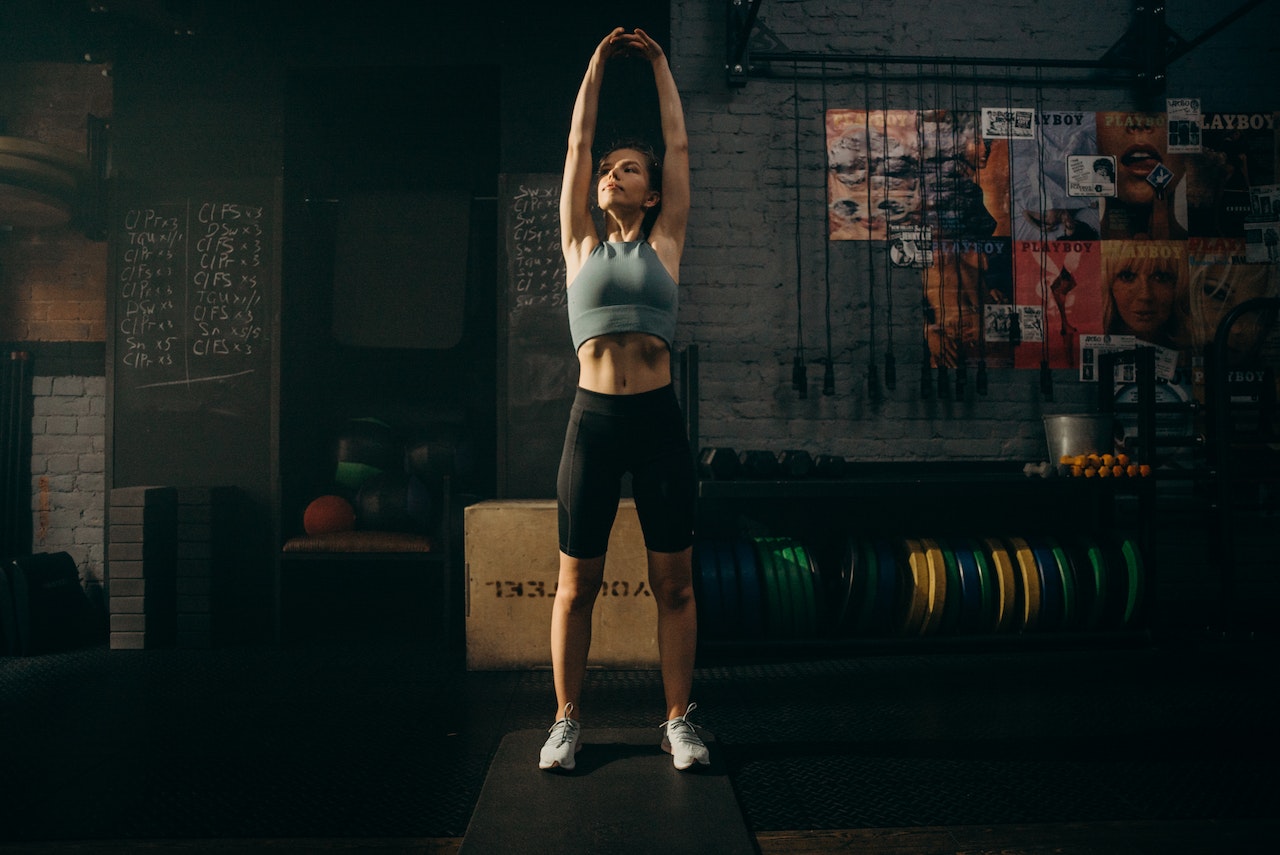
Pre-workout/Dynamic Warm-up routines are essential for any athlete or fitness enthusiast looking to enhance their performance and reduce the risk of injuries.
A well-rounded pre-workout routine should include a combination of foam rolling or self-myofascial release (SMR), stretching, mobilizing joints, and activating under-active muscles.
In this article, we will discuss how each of these components can be incorporated into a pre-workout routine to improve lifting and recovery.
Release (SMR):
Foam rolling or self-myofascial release (SMR) is a self-massage technique that involves applying pressure to specific areas of the body using a foam roller or other tools. SMR helps to release muscle tension and improve mobility by breaking up adhesions or knots in the muscle tissue. By doing so, it can increase blood flow, reduce muscle soreness, and improve range of motion.
When incorporating SMR into your pre-workout routine, focus on the areas that tend to be tight or overactive. These areas may include the back, hips, quads, and calves. Spend 1-2 minutes rolling each area, pausing on any particularly tender spots.
Lengthen (Stretch):
Stretching is another crucial component of a pre-workout routine. It helps to increase flexibility, reduce the risk of injuries, and improve overall athletic performance. When stretching, it’s important to focus on the muscles that are going to be worked during the workout.
Some effective stretches to include in your pre-workout routine include hip flexor stretches, hamstring stretches, and chest stretches. Hold each stretch for 15-30 seconds and repeat on both sides.
Mobilize joints:
Joint mobilization exercises are designed to increase joint mobility and stability. They help to reduce the risk of injuries, improve movement patterns, and enhance overall athletic performance. When mobilizing joints, it’s essential to focus on the joints that will be worked during the workout.
Some effective joint mobilization exercises include shoulder dislocations, hip circles, and ankle rotations. Spend 1-2 minutes performing each exercise, moving through a full range of motion.
Activate under active muscles:
Activating underactive muscles is a crucial component of a pre-workout routine. Many people have muscle imbalances or weakness in certain muscle groups. This can lead to poor movement patterns and an increased risk of injuries. Activating underactive muscles helps to improve muscle balance and prepare the body for the workout ahead.
Some effective exercises to activate underactive muscles include glute bridges, clamshells, and band pull-aparts. Perform 2-3 sets of each exercise, focusing on the mind-muscle connection and squeezing the targeted muscles.
In conclusion, a well-rounded pre-workout routine should include a combination of foam rolling or self-myofascial release (SMR), stretching, mobilizing joints, and activating underactive muscles. By incorporating these components into your pre-workout routine, you can improve lifting performance, reduce the risk of injuries, and enhance recovery. Remember to focus on the areas that tend to be tight or overactive. Also, always listen to your body to avoid overexertion!
Release (SMR):
Foam rolling or self-myofascial release can help to release muscle tension and improve mobility by breaking up adhesions or knots in the muscle tissue. For the upper body, focus on the back and chest.
Foam roller back:
- Lie down with a foam roller under your shoulder blades.
- Roll up and down your upper back, pausing on any particularly tender spots.
- Spend 1-2 minutes on this exercise.
Foam roller chest:
- Place a foam roller perpendicular to your spine and lie on it with your arms out to the sides.
- Roll the foam roller up and down your chest, pausing on any tender spots.
- Spend 1-2 minutes on this exercise.
Lengthen (Stretch):
Stretching helps to increase flexibility and reduce the risk of injuries. For the upper body, focus on the shoulders and chest.
Arm circles:
- Stand with your feet shoulder-width apart and your arms extended out to the sides.
- Begin making small circles with your arms, gradually increasing the size of the circles.
- Reverse the direction after 10 circles.
- Repeat this exercise for 30-60 seconds.
Chest stretch:
- Stand with your arms behind your back and your hands clasped together.
- Lift your arms up and away from your body until you feel a stretch in your chest.
- Hold this stretch for 15-30 seconds.
Mobilize:
Joint mobilization exercises can increase joint mobility and stability. For the upper body, focus on the shoulders and scapulae.
Shoulder dislocations:
- Hold a stick or band with a wide grip in front of your body.
- Slowly lift the stick or band over your head and down behind your back, keeping your arms straight.
- Reverse the motion to return to the starting position.
- Repeat this exercise for 10-12 repetitions.
Scapulae push-ups:
- Start in a push-up position with your hands slightly wider than shoulder-width apart.
- Lower your body toward the ground, and as you do, retract your shoulder blades and squeeze your shoulder blades together.
- Push yourself back up to the starting position.
- Repeat this exercise for 10-12 repetitions.
Activate:
Activating underactive muscles helps to improve muscle balance and prepare the body for exercise. For the upper body, focus on the scapulae and rotator cuff muscles.
Band pull-aparts:
- Hold a band in front of your chest with your hands shoulder-width apart.
- Pull the band apart, squeezing your shoulder blades together, and then release.
- Repeat this exercise for 10-12 repetitions.
External rotations:
- Hold a light dumbbell in one hand and lie on your side with your elbow bent and your upper arm against your body.
- Rotate your arm outward, keeping your elbow against your side.
- Slowly lower the weight back down.
- Repeat this exercise for 10-12 repetitions on each side.
So, by incorporating these release, lengthen, mobilize, and activate exercises into your upper body dynamic warm-up routine, you can enhance your performance, reduce the risk of injuries, and improve your recovery.
Always listen to your body and adjust the exercises as needed to suit your fitness level and goals.



